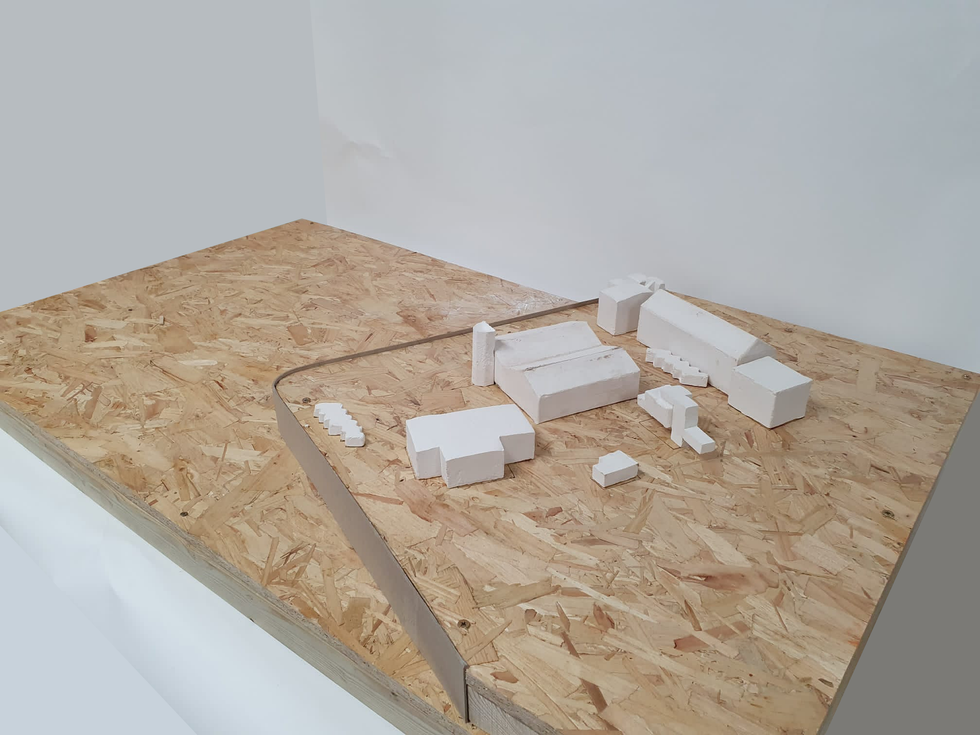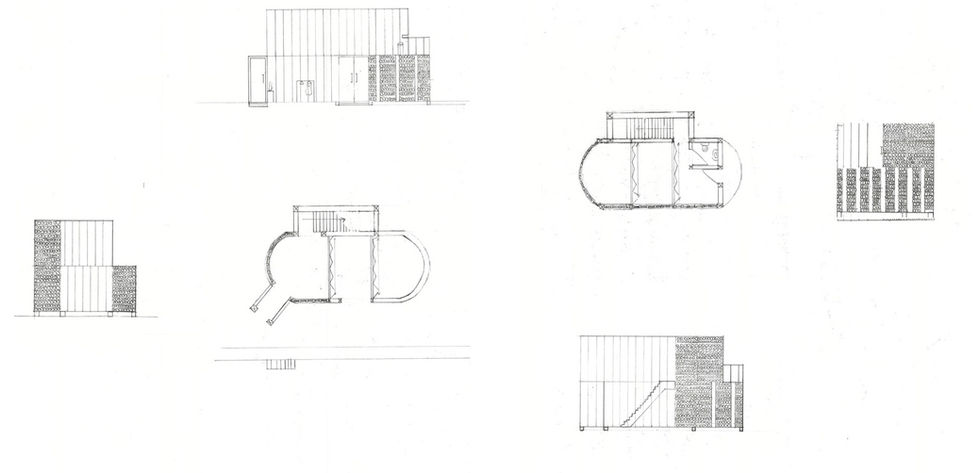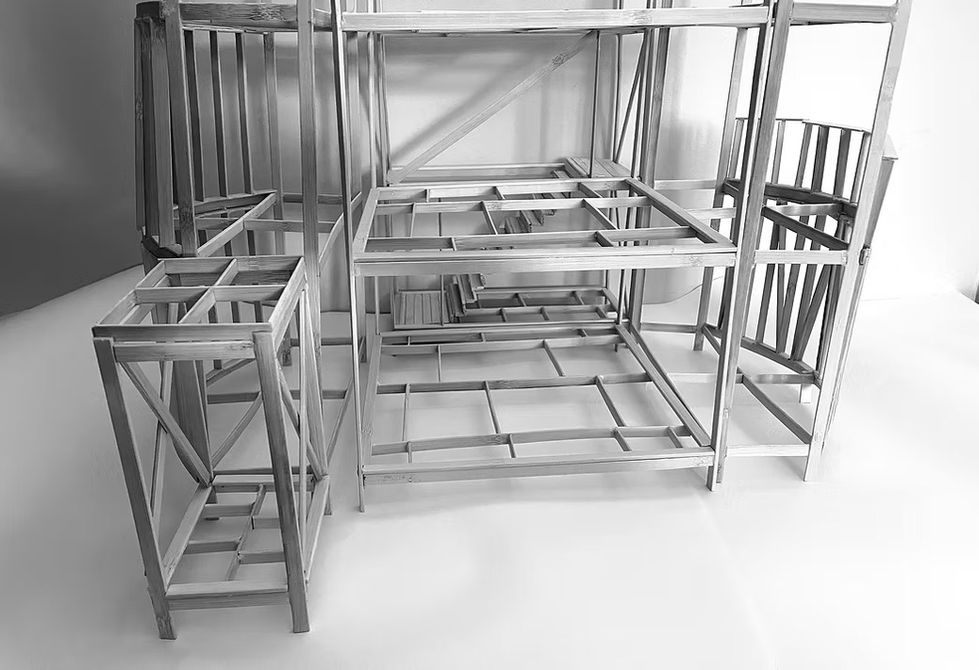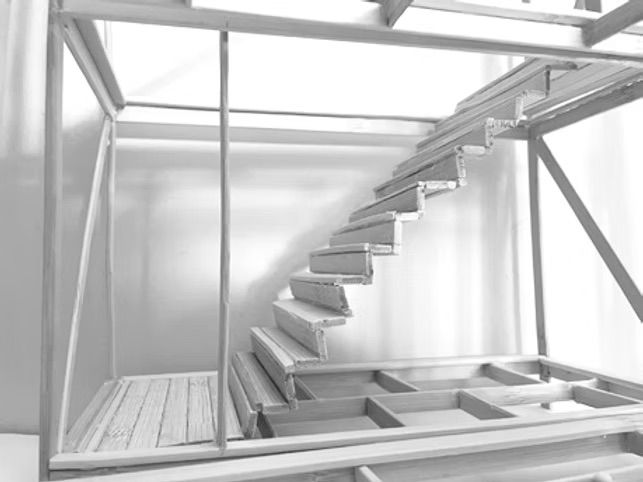Create Your First Project
Start adding your projects to your portfolio. Click on "Manage Projects" to get started
Mudlarkers Museum
Project Type
Sustainable Design, Educational, Private
Date
June 2022
Location
Trinity Buoy Wharf
London,
United Kingdom
The envisioned museum for my client, an accomplished artist, sculptor, and passionate mudlarker along the historic River Thames, is a dynamic space that celebrates both his artistic endeavors and archaeological pursuits through Mudlarking.
Featuring curated displays of artifacts alongside informative exhibits, visitors can delve into the rich history of mudlarking and the fascinating stories behind each discovery.
Mudlarking - Originally a Victorian term for impoverished people scavenging riverbanks for valuables, mudlarking has evolved into a modern activity of searching for artifacts along the shore. In London, a Thames Foreshore Permit from the Port of London Authority is required. It is illegal to dig; only visible items may be collected.
With a fully equipped photography studio on-site, the museum ensures meticulous documentation of each artifact, capturing its unique details for preservation and study.
Through this immersive experience, visitors are invited to explore the intersection of art, history, and the vibrant culture of mudlarking along the River Thames.
The site has various materials: concrete (floor), bricks (buildings), and metal (containers, sculptures, structures). The area lacks greenery around the future museum.
Historically, it was a maintenance depot in the early 1800s, and the lighthouse was rebuilt in 1864-66 for lighting tests. There is no flora or fauna and no structures to support biodiversity like bee bricks, plant vases, trees, birdhouses, or water aids for birds and insects. Only the rivers contain biodiversity. Without greenery or shaded areas, the site will become very hot in summer, and the concrete floor may crack or get damaged.
The River Thames was declared biologically dead in 1957 by the Natural History Museum, meaning it couldn’t support wildlife. Since then, sharks, eels, seals, and sea horses have been spotted in the river. A BBC article reports that 60% of litter in the Thames is single-use plastic.
Mudlarks searching for artifacts often encounter river and coastal pollution. To use non-reusable river plastics without environmental contamination, they can be used as building bricks. Different bottle colors can create patterns, or clear bottles filled with Styrofoam, bags, and straws can be used. This reuses plastics found by mudlarks and site dirt.
Using these materials connects the building design to the river’s history and could unite more mudlarks in the construction process.
Using cellulose insulation for the walls would make the structure more interesting, allowing visibility of bottle caps and building textures.
The cellulose can be pressed for a smoother finish but retaining the unique textures and colors aligns with the project’s focus on special, textured finds.






























